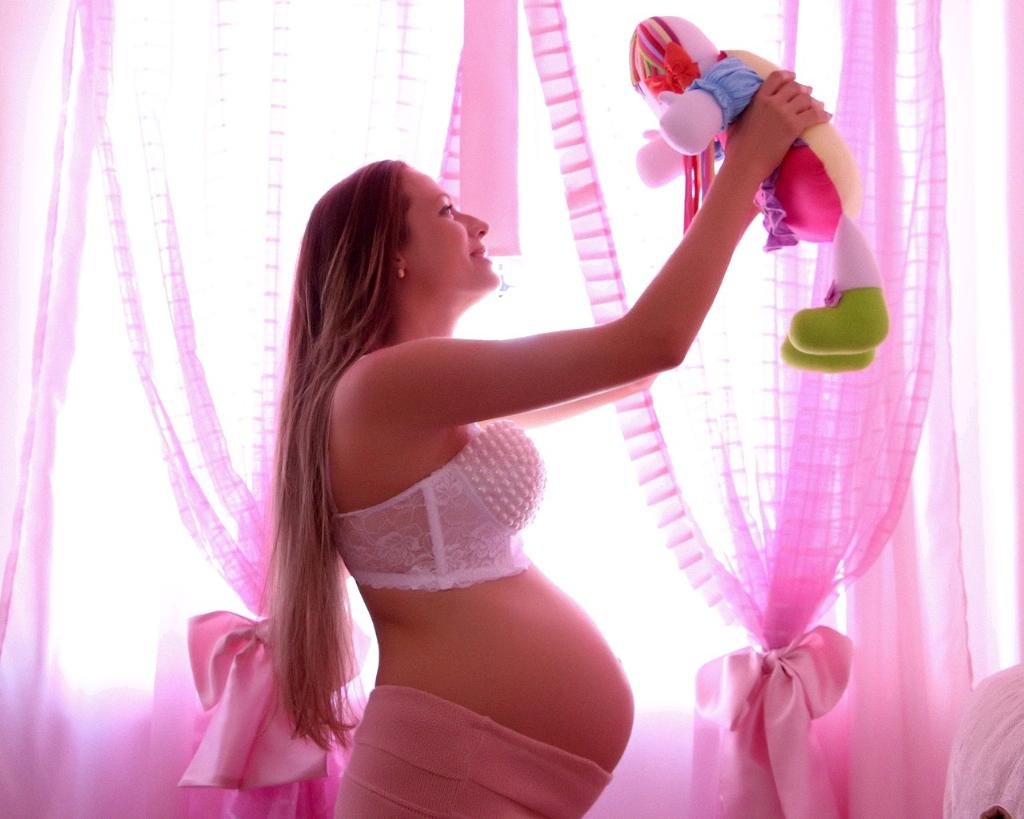When expecting a baby, the experience of pregnancy can bring about a multitude of sensations, some pleasant, and some not so pleasant. One such discomfort that expectant mothers may experience is known as lightning crotch.
What is Lightning Crotch?
Lightning crotch is a sharp, shooting pain that may occur in the pelvic area during pregnancy. It is often described as a sudden, intense jolt that can take a mother by surprise. The exact cause of lightning crotch can vary, leading to questions about whether baby kicking may be a factor.
Factors Contributing to Lightning Crotch
The sensation of lightning crotch can arise from multiple factors. As previously mentioned, sudden movements like getting up quickly or sneezing may trigger this discomfort. Additionally, the movements of the baby inside the womb, including kicking and stretching, can also contribute to the occurrence of lightning crotch.
The Role of Baby Kicking
When considering whether baby kicking causes lightning crotch, it is essential to acknowledge the proximity of the baby’s movements to the pelvic area. As the baby grows and becomes more active in the womb, their kicks and stretches can sometimes put pressure on specific nerves, leading to sharp pains that manifest as lightning crotch.
Understanding the Mechanics
The mechanics of how baby kicking may relate to lightning crotch are interconnected. As the uterus expands to accommodate the growing baby, the pressure exerted by sudden movements or active kicking can result in nerve compression or stretching, contributing to the sensation of lightning crotch.
Impact on Expectant Mothers
For expectant mothers experiencing lightning crotch, the discomfort can range from mild to severe, impacting daily activities and overall comfort during pregnancy. Understanding the potential triggers, including baby kicking, can help in managing and alleviating these episodes.
Seeking Relief
If lightning crotch becomes persistent or particularly bothersome, it is advisable for pregnant individuals to consult with their healthcare provider. Various strategies, such as gentle stretching exercises, changing positions, or using maternity support belts, may offer relief from the discomfort caused by baby kicking and other contributing factors.
Coping Strategies
During moments of intense lightning crotch, practicing deep breathing techniques or applying a warm compress to the affected area can help in soothing the sharp pains. Engaging in activities that promote relaxation and comfort may also aid in managing the discomfort associated with baby kicking and its potential link to lightning crotch.
Embracing the Journey
While lightning crotch and baby kicking may present challenges during pregnancy, it is crucial to remember that these sensations are often temporary and part of the remarkable journey of bringing new life into the world. Embracing the ups and downs of pregnancy, including the unexpected twinges of lightning crotch, can foster a deeper connection with the miracle of life growing within.
Conclusion
In conclusion, while baby kicking can be a contributing factor to the occurrence of lightning crotch in expectant mothers, it is essential to recognize the multifaceted nature of this discomfort. By understanding the interplay of movements in the womb, seeking appropriate relief measures, and embracing the transformative process of pregnancy, individuals can navigate the experience of lightning crotch with resilience and grace.

